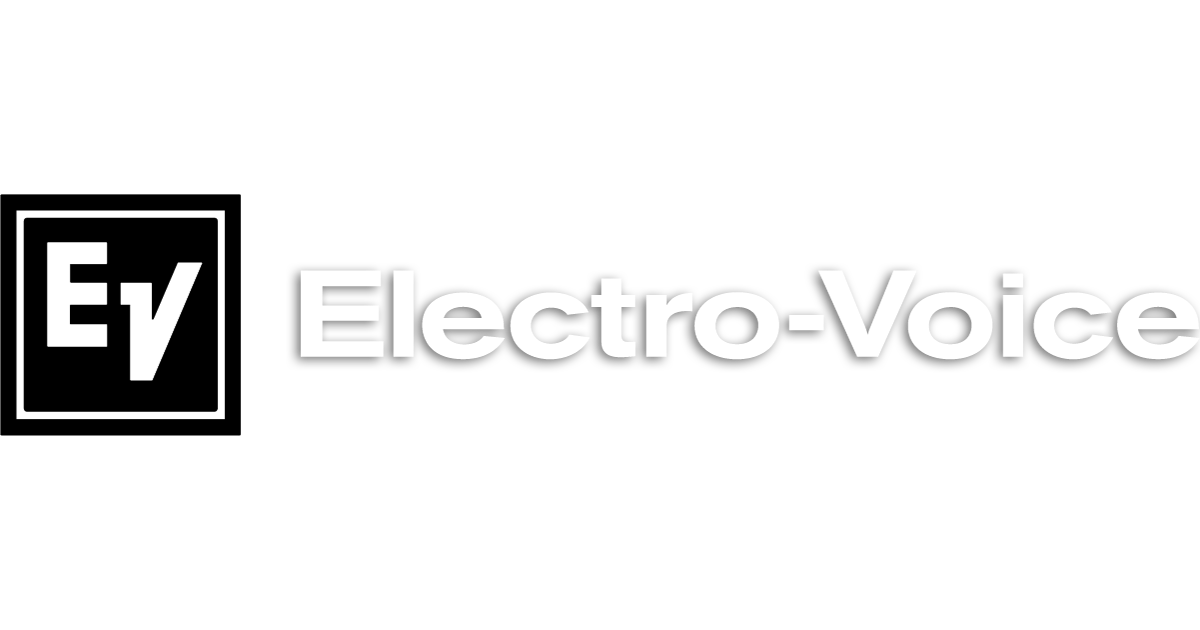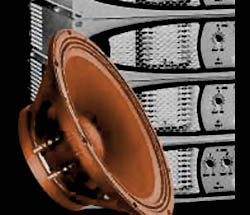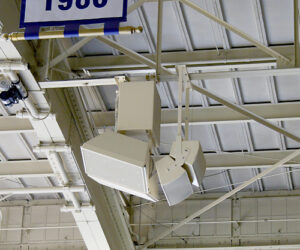Before the modern era of packaged, off-the-shelf loudspeaker systems of virtually every type and size, most individuals and sound companies built their own enclosures, with cone and compression drivers (and often crossovers) acquired from specialized developers.
Compression drivers were also a key component in “horn and driver” designs that, until about 15 years ago, were the most popular choice for public address systems in large-scale venues such as arenas and stadiums.
Still, while times have changed, a plethora of developers around the world continue to offer drivers for those who still prefer build their own systems, and these entities produce a steady stream of new models with significant technology upgrades. Many of these same developers also partner with leading loudspeaker makers on proprietary designs, with some of this technology also eventually migrating into drivers available to everyone.
The first commercial compression driver was introduced 1933 when Bell Labs added a Western Electric No. 555 compression driver as a mid-range driver to a 2-way “divided range” loudspeaker. The history of cone drivers goes back even further, with principles found in early telephone designs, with the moving-coil principle used today debuting in 1924.
For decades, drivers utilized Alnico or ceramic magnets, but since companies such as Electro-Voice and JBL Professional began incorporating neodymium magnets about 20 years ago, they’ve become the de facto choice for most drivers. Neodymium is more powerful, meaning increased magnetic pull – or – the same pull from a smaller, lighter magnet, thus helping contribute to lower overall loudspeaker system weight.
The products in this installment of Real World Gear are both available to the end user and found in manufactured systems. Further, most of these developers offer multiple variations of the cone and compression drivers we’re featuring here, and many also offer enclosure design and building plans that are available for easy download from their websites.
It’s still possible for those with the time, tools and skills to take on the relatively straightforward task of building their own subwoofers, as well as multi-way enclosures and stage monitors.
Take our PSW Real World Gear Photo Gallery Tour of the latest cone and compression drivers on the market today.
















